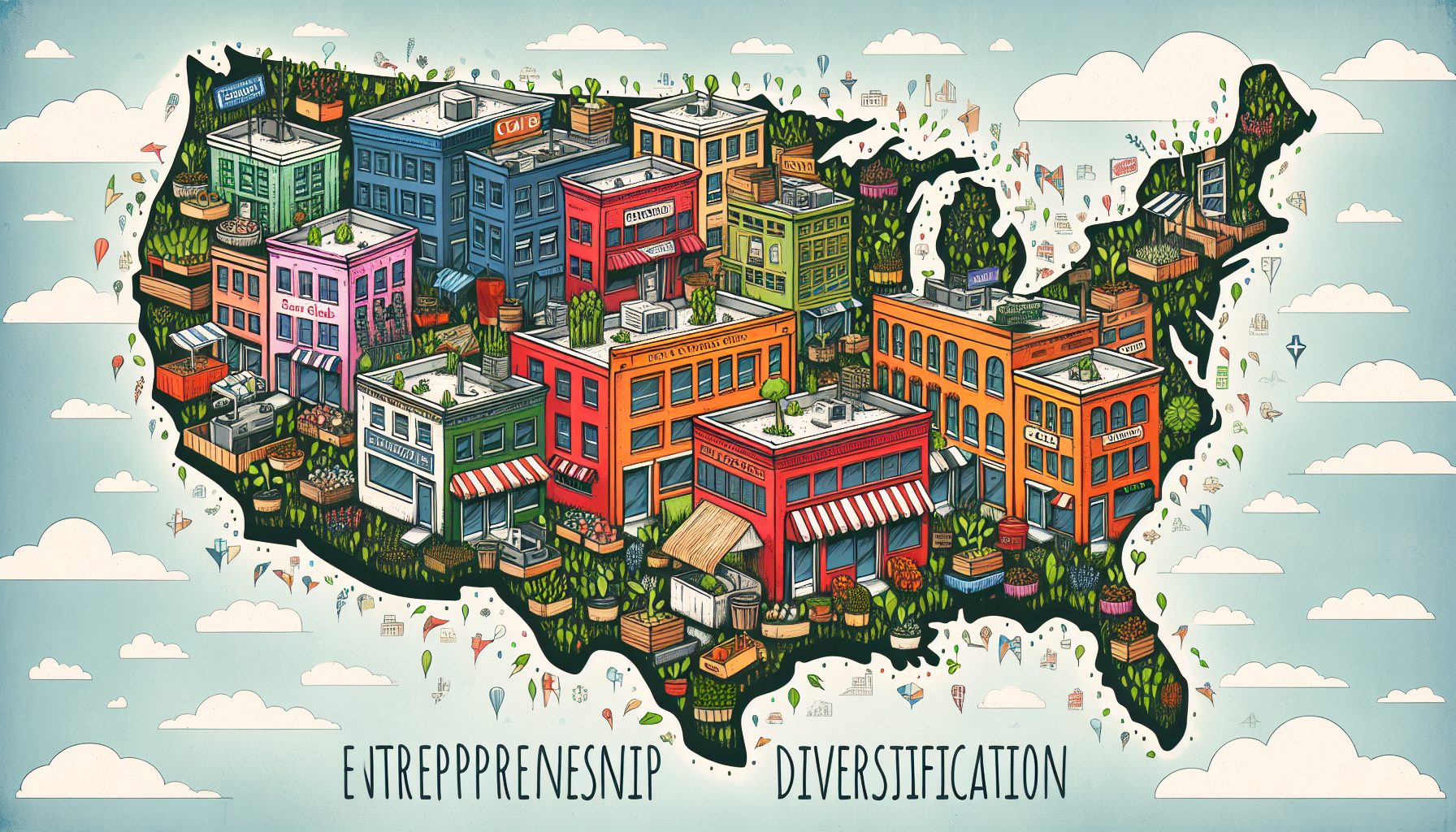Social Media has created a customer-interaction paradigm shift from a “one-to-many” broadcast model to a “many-to-many,” necessitating a change in how organizations interact and communicate across their value chain: employees, customers, partners and suppliers. The rapid adoption of social media and social networking—and the increasing demand for more customer interaction—is compelling many organizations to develop a well-thought-out social media strategy and presence that’s consistent with the organization’s strategic objectives, culture and values.
Organizations still need to plan and develop corporate marketing and product strategies, but with the advent of the social media groundswell, they should incorporate a community-building component into these strategies in order to adapt to the change in how customers, partners, suppliers and competitors are interacting.
Even traditional companies like Coca-Cola and Whole Foods can be found on Facebook, MySpace, Twitter or similar social networking sites. Rather than remaining the sole source of information for customers, organizations are now simply part of a broader public customer conversation. However, formulating a strategy and designing a presence to interact with customers and facilitate customer conversations is a challenging task for most organizations, one that involves both business decision-makers and the IT organization.
The Lay of the Land
Today’s social media ecosystem is characterized by multiple niches and players in an open environment—offering organizations a multitude of platform and product choices. In formulating an effective strategy, organizations must consider all media forms and presences, while also defining how they want customer interaction to take place. Starting small, thinking big and scaling quickly are the keys to success for organizations that are beginning to test the social media waters.
In recent client discussions, we found that the majority of business benefits fall into three categories: customer support, sales and marketing, and innovation and collaboration.
Building externally facing online communities has proved successful in decreasing the overall cost of customer support and relationship management. For example, according to “The Linksys ROI Story: Support Community Delivers Significant Savings from Call Deflection,” from Lithium Technologies: “Linksys sees cost savings in the form of call deflections, and was able to increase the number of indirect call deflections to 120,000 cases per month by building out an online community for engaging with customers. This led to an overall decrease in customer support costs. By creating and nurturing an online customer community, Linksys has empowered its customer base to solve product issues within that community.”
It is clear that empowered customers will have superior knowledge of a company’s products or services—a key element of increased customer satisfaction.
Coca-Cola and Zappos.com are also excellent examples of companies that are leveraging the power of social media. On Facebook, Coke fans can create content to profess their love of the iconic soft drink. Coke boasts more than 34 million fans on the social networking site and has launched some popular Facebook applications.
And Zappos CEO Tony Hsieh connects with both employees and customers on Twitter, making it easy to elicit feedback in real time and collect customer profile information. This generates a database of potential customers—thereby driving revenue and increasing market share.
By creating environments in which both internal and external customers, experts and employees can interact, companies are realizing the benefits of collaboration. In some cases, this includes feedback into their product-development life cycles.
Internal collaboration can be facilitated and nurtured within the community, and social media platforms provide some of the key technologies to enable this collaboration in the form of blogs, wikis and chat. According to a case study conducted by Jive Software (“VMware’s VMworld.com: The Global Destination for Virtualization”), after implementation of VMworld.com, a collaborative conference community, VMware was able to “see in real time the hot areas in the virtualization community, the trends and top-of-mind concerns, and leverage these insights in product direction and messaging.”








